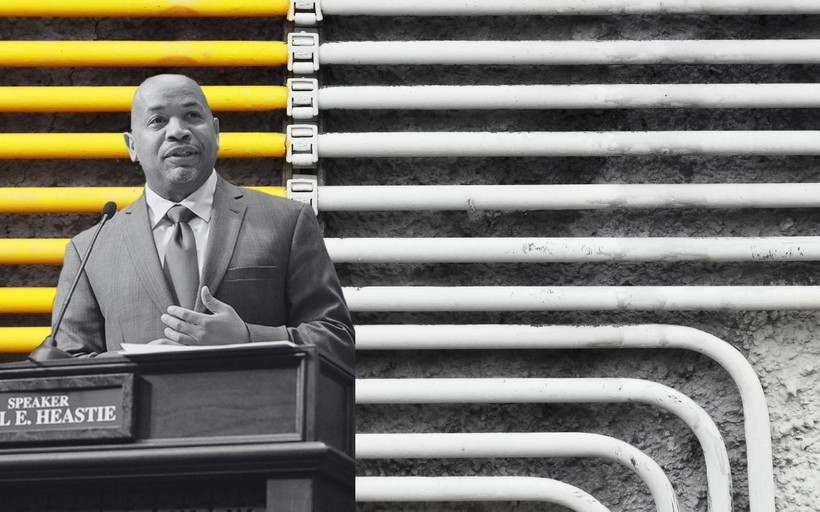Tenants Can’t Pay Rent. Landlords Won’t Pay Bills. What Happens Next?
New York’s looming foreclosure crisis could lead to massive corporate windfalls - or to large-scale social housing conversions. The choice is ours.

The Assembly rejected legislation that would have sped up New York’s transition away from gas.
Low-wage manual laborers can sue to make their bosses pay them weekly. Hochul’s late-breaking budget addition may undermine that right.
New York’s transparency watchdog found that the ethics commission violated open records law by redacting its own recusal forms.
As real estate developers resist wage guarantees and try to roll back tenants’ rights, a potential budget deal is at an impasse.
What are industrial development agencies?
The county is ready to restart real estate subsidies after a two-year pause. Residents fear it won’t fix their housing crisis.

